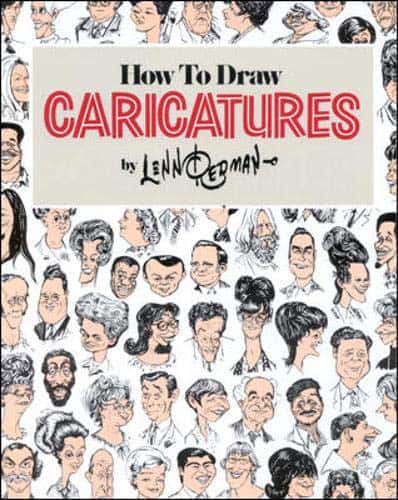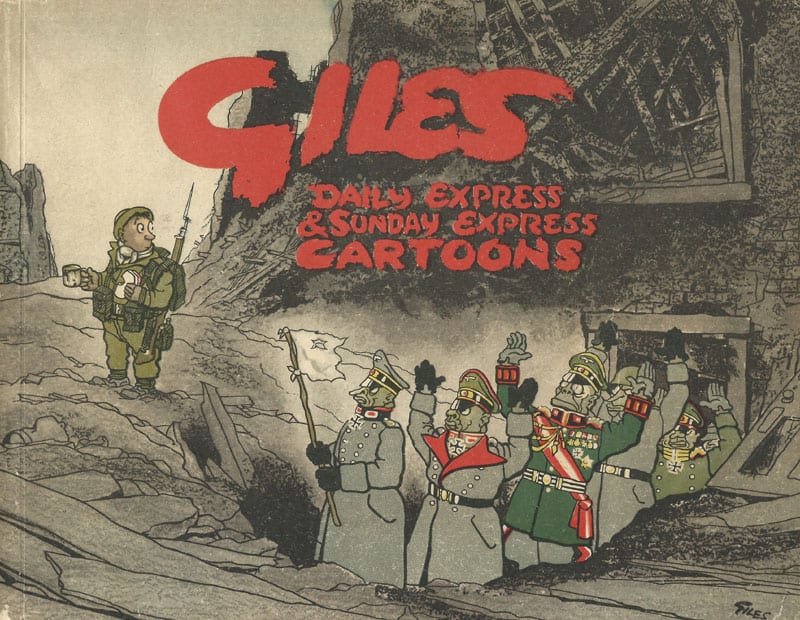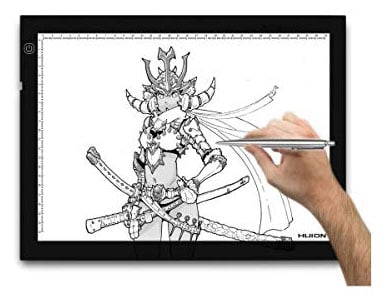How to Draw Caricatures – A Short Cut to Get Great Results!
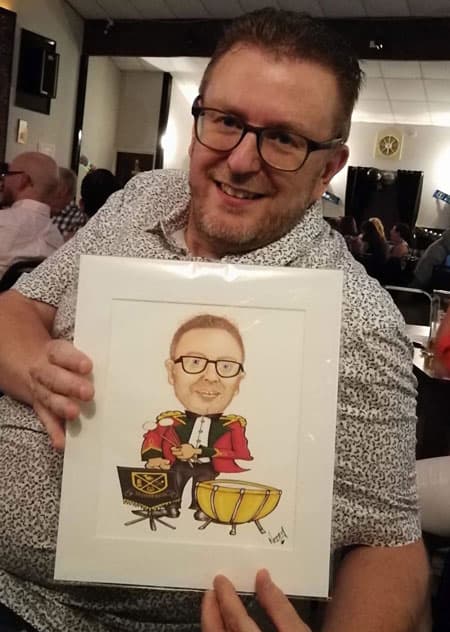
Drawing cartoons in one thing but creating really good caricatures can be one of the most difficult aspects of a cartoonists skills to master. I have avoided caricatures like the plague until recently as I didn’t know how to draw caricatures efficiently until I discovered a short cut. I decided to face my fear and get on with it.
My problem is time. In my case a realistic likeness can be captured in 5 minutes or may take 5 hours with a waste bin full of rejects. I have overcome the problem after many hours of anguish, and have developed a method that gets me great results within a reasonable timescale which I will share with you later in this post.
You might not experience my particular problem but it still takes time and practice to get to a standard that people are willing to part money for and reaching a standard you are happy with.
Unless you are naturally gifted in the skill of caricatures you need to train yourself.
Practice Drawing and Sketching – Actual Faces
This is the most obvious thing to do but not many people actually do it. It is the best way to improve – practice makes perfect but alas it can take time to master this skill. I must admit to being guilty of not doing this myself but if you are serious about becoming a competent caricaturist this is the best way to improve.
Keep a journal and sketch faces on the train, in meetings, in a cafe. Try making sketches of celebrity faces from the TV and magazines. The most important areas are usually the eyes and mouth.
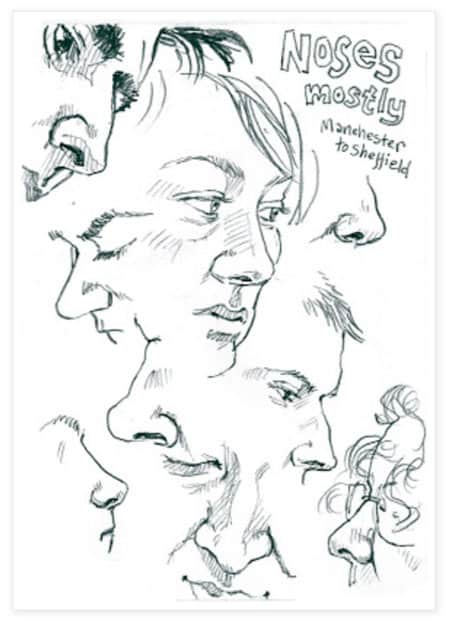
Eyes are the most difficult aspect to get right. One tip here is to look at the shape of the whites of the eyes and not the iris/pupil. It will really help you to get the overall shape.
Also pay particular attention to where the eyes position on the head and the gap between the eyes. Get these aspects slightly out and the essence of your subject will disappear.
You can do this anywhere there are people. Lynne Chapman is an ‘Urban Artist’ based in sheffield, UK who I greatly admire.
I would describe Lynne as a serial sketcher who always has a sketch pad to hand wherever she goes.
She loves sketching people and places in any situation and this aspect of her art would be invaluable to any would be caricaturist.
Whether you are in the office, at home, on the train or anywhere that there are people you can sketch and there are millions of ‘free’ sitters out there for you to draw.

You can see more from Lynne chapman at her web site on Urban Sketching here.
How to Draw Caricatures Lenn Redman – available on Amazon here…
Study caricature ‘how to Books’
There are some great books and some awful ‘guide books’ out there. I have read many books on the subject and have picked up some great tips from nearly all of them.
One of my favourite books is ‘How to draw caricatures’ by Lenn Redman because it isn’t just showing graphic examples and waltzing through the subject. Lenn Redman was a mid century modern artist, educator, entertainer and civil rights activist born in 1912 in Chicago, Illinois. He gets right into the nitty gritty of how to approach this skill from the basics and is really good at demonstrating ways to look at your subject in a variety of ways to come up with a great caricature.
Yes, the book has been around for many years but still holds good over 30 years since Lenn Redman’s death in 1987 and for good reason. His methodology and principles are still relevant and out of all the ‘how to’ books I have found this the most valuable. If you would like a copy they are readily available on Amazon here…
Studying other cartoonists work
There is a lot to be learned from established cartoonists. I have particular favourites including Giles and Gren and have bought nearly every Giles Annual from 1946 to the present date. Why? because Carl Giles was a particularly brilliant social cartoonist who worked for the Daily Express in the UK and produced outstanding political and social cartoons.
His cartoon and architectural drafting skills was exceptional and is, for me, a wealth of expertise to draw on.
Great political cartoonists work is one area that is well worth studying. They have done the hard work in getting the likeness which allows you to forensically analyse what they did to get there.
This is a very useful reference point and something that has helped me develop my caricaturing skills.
How to Draw Caricatures With a Light Box
Tracing – using a light box is the method I now use to ensure I don’t end up punching the wall in frustration! Capturing a recognisable likeness can be an absolute nightmare and tracing may seem like cheating. However I look at this as ‘pick pocketing’ essential elements to shortcut the process. I only use this for the facial features to cut out wasted time. The rest I draw freehand. There are three elements you will need:
- Photo copy paper (80gsm)
- Graphics tablet using Photoshop Layers
- Light box
Direct tracing for me is the least desirable as I find it messy and inaccurate. you may disagree. Using Photoshop layers is good but for me a light box is the absolute best way I have found to capture essential facial features with a great degree of accuracy. I have a large light box of around 27″ diagonally and can trace large scale images.
I get a very sharp photograph of the subject and blow it up to fill an A4 sheet and print it off. I place it on the light box with a pice of A4 lightweight photocopy paper (80gsm max.) and on my light box I put on the brightest setting so I can clearly see the face. It is then easy to draw (in pencil) the main features – eyes, mouth, nose and head shape.
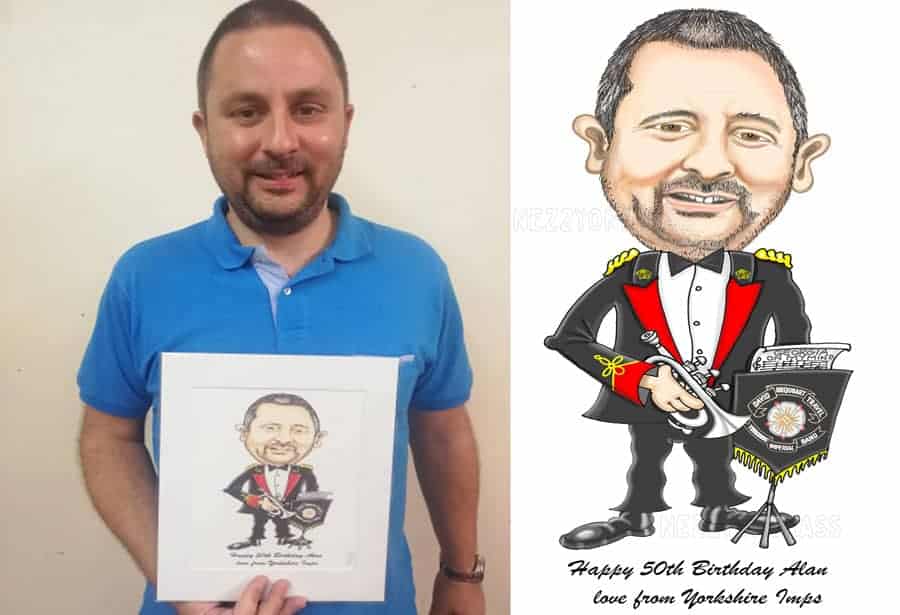
You may think this is cheating and to a certain extent I suppose you would be right to think that. However I find it just helps by cutting out the initial sketch ‘by eye’ which I find incredibly difficult. Other artists have the knack of being able to draw accurately simply by observing either the subject live or off a photo. Lucky them!!!
If you would like to see 5 top rated light boxes I have a review which you can see here.
The tracing from a light box can be quickly scanned or used directly to create your caricature. I generally start by trying to capture a good likeness freehand. If I can capture it this way – happy days! If not tracing on the light box for me removes the uncertainty and I use this when I get stuck to reduce the time and stress!
Once the scan is imported into PhotoShop the real skill starts to use the traced elements as a guide. I usually create a series of layers to add skin tones, hair, shading, body and any other features. I usually end up deleting the pencil sketch at some stage so that the caricature is totally original – albeit with a little help from the light box!
If you are struggling with caricatures – give this a go. It will I am sure make life much easier!
Check out my article on five top rated light boxes here…

